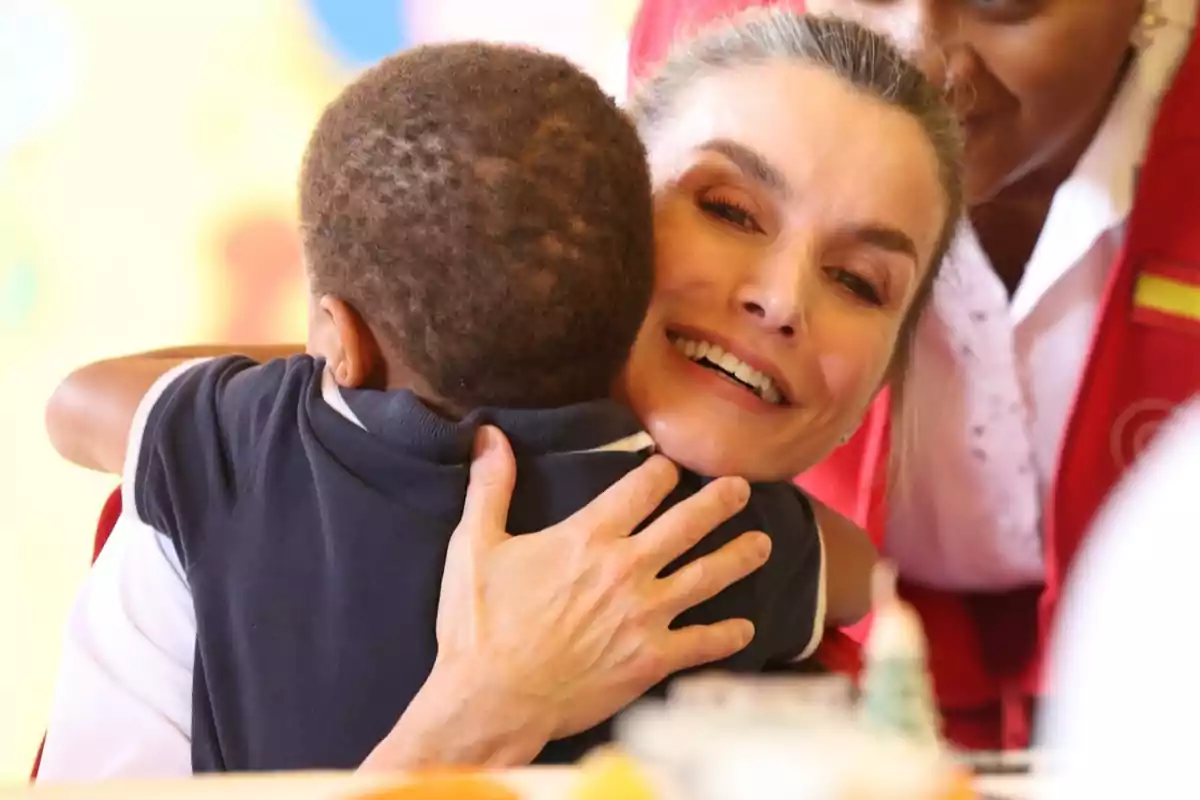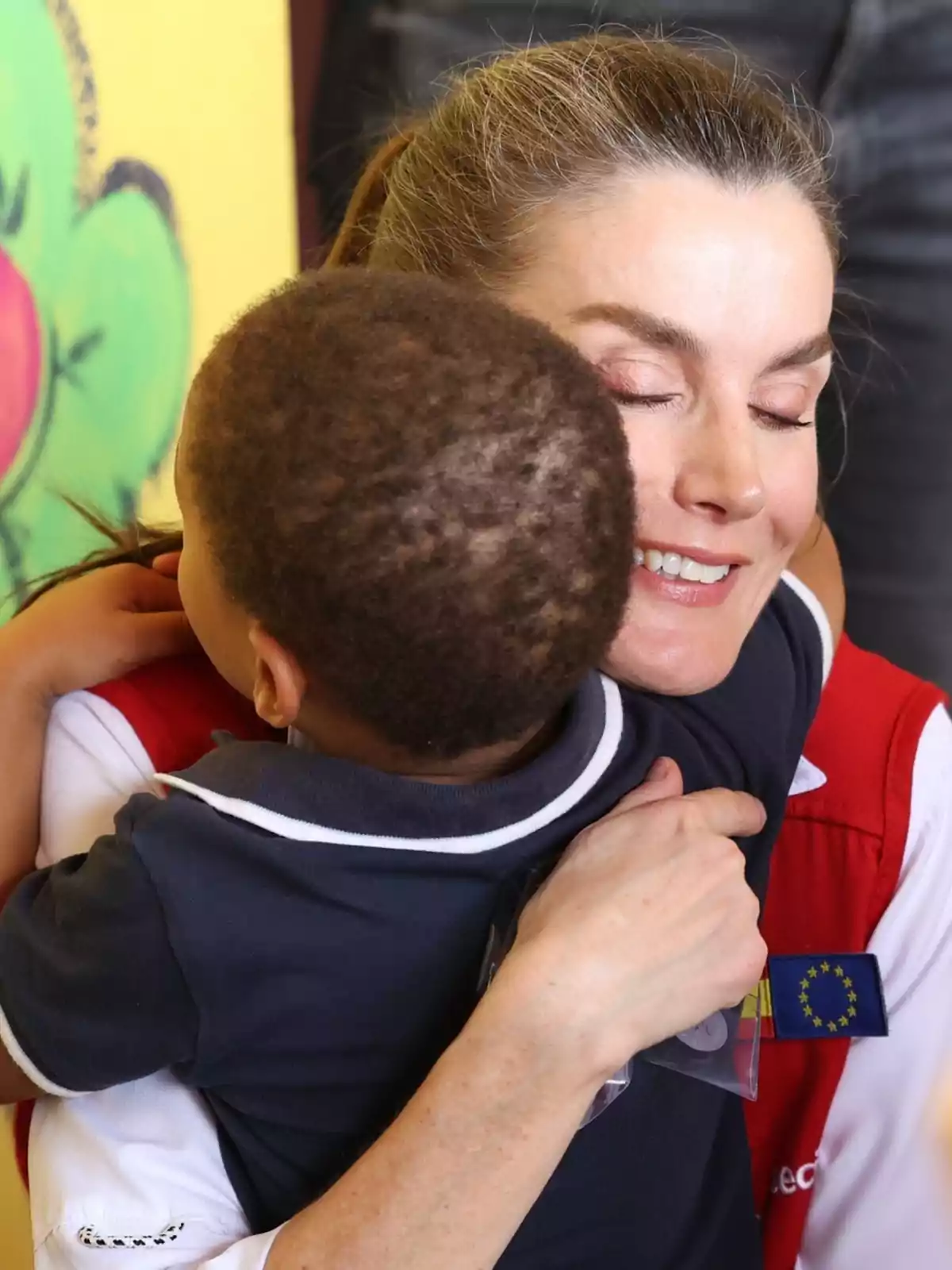
Aránzazu Junquera, Psychologist: 'Queen Letizia's Hugs Are...'
An expert has analyzed Queen Letizia's gestures and has reached a very clear conclusion after her appearance
The gestures of Queen Letizia have evolved over time. She is now more expressive, more approachable, and more spontaneous. A detail that has drawn attention is the increase in hugs during her public appearances.
Psychologist Aránzazu Junquera has analyzed this change. "Hugs are a powerful tool for conveying closeness and emotional support," she explains. This attitude reinforces her image and connects with people authentically.

Letizia skillfully manages emotional regulation. "She knows when to show her feelings and when to hold them back," Junquera adds. In her role as queen, this control is key to her communication and public projection.
The naturalness with which she now hugs others is significant. "These gestures can be part of a conscious strategy," the expert comments. However, they also reflect genuine emotion, a real connection with those around her.
Hugs not only benefit the recipient. "They also emotionally regulate the giver," Junquera points out. In situations of high emotional charge, this type of interaction flows naturally and spontaneously.
Queen Letizia's Hugs in Cape Verde
During her visit to Cape Verde, the queen has shown her most human side. She has fully engaged in social projects, shared moments with citizens, and shown great interest in their reality.
One of the most talked-about moments was her hug with a child. This image has been applauded on social media and has reaffirmed her closeness. Her way of interacting has changed, and people perceive it positively.
Popular support for her work has grown in recent years. According to a Sigma Dos survey, more than half of Spaniards believe she has strengthened the image of the Crown. Her authenticity is one of her main virtues.

Letizia is no longer just the King's consort. She has built her own role within the monarchy, with a more modern and approachable style. Her transformation has been well received, even by traditionally critical sectors.
Psychologist Cristian Salomoni highlights her evolution. "She has gone from being seen as a secondary figure to becoming a strong and respected leader," he states. Her communication skills have been key in this process.
One of the aspects that distinguishes her is her way of balancing the personal and the institutional. "She appears accessible without losing the authority of her position," Salomoni notes. This balance has made her an admired sovereign.
The Unknown Side of Queen Letizia
She has known how to carve her own path within the monarchy. She is not afraid to stray from some traditions and adjust the protocol in her own way. She has set aside the use of the mantilla and the peineta in official acts.
She also doesn't like curtsies or having her hand kissed. "She has her own ideas about the ceremonial and has known how to modernize her role," explains historian Amadeo Rey. She respects the essence of the monarchy but introduces subtle changes.

Letizia represents a new stage in the Royal House. Her way of acting and communicating has renewed the perception of the monarchy in Spain. Her closeness and spontaneity are now her main strengths.
In every public act, she reinforces her image with simple but effective gestures. Her hugs, her eye contact, and her way of listening make her presence warmer and more human. This sets her apart from other royal figures.
Queen Letizia's evolution has been gradual but remarkable. Her connection with people is stronger than ever. Her public image continues to gain recognition both inside and outside of Spain.
More posts: